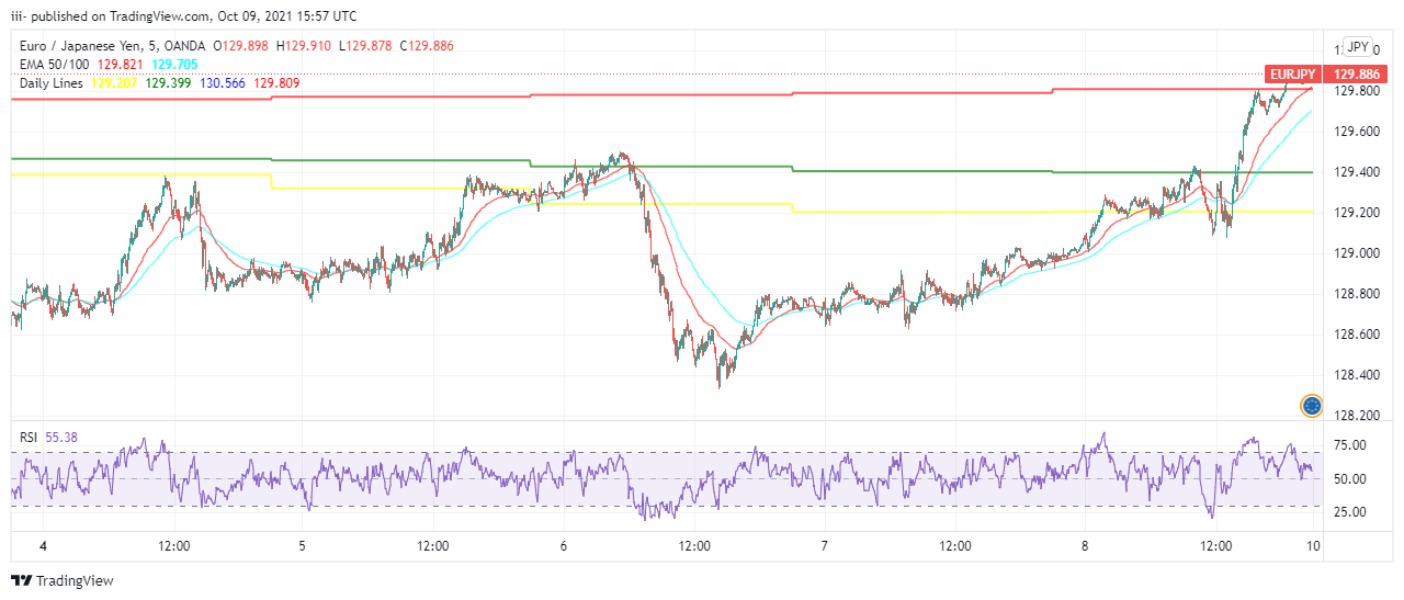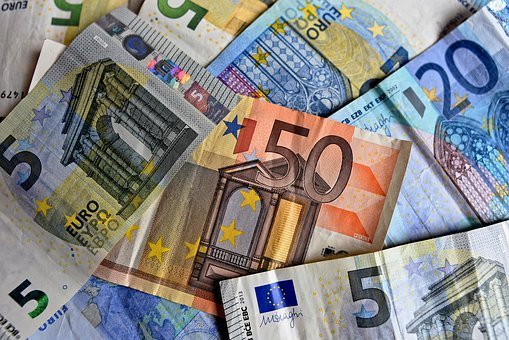On Friday, the EUR/JPY appeared to have been firming up and making gains for the second session in a row, moving into territory well above the 129.00 barrier. Previously in the session, the cross traded near the 55-day simple moving average (SMA) near 129.50, which coincided with a Fibo level (from the June-August period).
The 200-day simple moving average (SMA) at 129.76 represents a significant barrier to the continuance of the rebound. The downward momentum is projected to be reduced to a certain extent above the latter. In the meanwhile, the near-term forecast for the cross remains negative as long as it remains below the important 200-day simple moving average, which is currently at 129.76.

EUR/JPY CHART. Source: Tradingview.com
Long-Term EUR/JPY Outlook: Bearish
In the long run, the EURJPY is a negative pairing. For more than four weeks, the Euro has been losing ground against the Greenback. The situation began with the price of $134 as a resistance line. On August 19, the currency pair established strength at the level of 128 per dollar. It took a step back and reevaluated the very same grade on September 22, resulting in a tie. On October 06, the support level of $129 was rechecked and found to be reliable. During the previous week, the price fluctuated between $129 and $128.
Both the quick-moving average (9-day EMA) and the slow-moving average (14-day EMA) are below the EUR/JPY (21 day EMA). If the bulls can push the price over the threshold of $130, the value may continue to fall to the $131 mark and then to $132, depending on the direction of the trend. If the resistance level of $130 is not breached, the price may revert and fall to the support levels of $129, $128, and $127, respectively. The relative strength index for period 14 is, on the other hand, at 50 levels and pointing upward, indicating a buy signal.
The Medium-Term Trend For The EUR/JPY Is Bullish
The EUR/JPY 4-hour chart is positive. When looking at the 4-hour chart, a “W” chart formation has been generated by the price movement in the market. The price has tested the trading range of $128 twice, and the price is rising in the direction of the support levels of $129 and $130, which are in reach. Because the price has passed a key threshold, further price increases are anticipated.
The EUR/JPY is moving above the 9-period exponential moving average and the 21-period exponential moving average, which indicates a positive trend. The relative strength index for period 14 is over 50 levels, and the signal line is pointing up, indicating a buy signal, according to the index.
The information provided on this website should not be interpreted as financial or investment guidance and may not embody the perspectives of Forex Tools Trader or its contributors. Forex Tools Trader does not hold responsibility for any financial setbacks experienced due to the use of information provided on this website by its writers or patrons. It's essential to thoroughly investigate and make informed decisions before entering any financial commitments, particularly concerning third-party reviews, presales, and similar ventures. The content you are viewing may be sponsored content, read our full disclaimer to learn more.



